Have you ever felt the frustration of a cramped workout space, where every step seems to bump into equipment or walls? It’s time to turn that frustration into inspiration by optimizing your home gym setup.
No more tripping over weights or struggling to find space for your yoga mat. We’re here to show you how simple changes can make a world of difference in how you use and enjoy your workout space.
From clever storage solutions to strategic equipment placement, we’ll cover it all.
So, whether you have a dedicated gym room or a small corner in your home, get ready to transform it into a fitness haven that motivates and energizes you every time you step in.
Let’s dive into the world of home gym setup, where efficiency meets effectiveness, and every square inch counts towards a better workout experience.
But before going into the information, check out this quick YouTube video for additional insights on maximizing your home gym space and equipment placement.
Planning Your Home Gym
Before diving into the world of home gym equipment, it’s crucial to take stock of your available space and set clear fitness goals. Here’s a detailed look at how to plan your home gym effectively.
- Assessing Available Space:

Start by measuring the dimensions of your designated workout area. Consider the height of the ceiling, the floor space, and any obstacles such as doors or windows that may impact equipment placement. This assessment will provide a clear picture of the space you have to work with and help you avoid purchasing oversized equipment that won’t fit comfortably.
For instance, if you have a small corner in your living room, compact equipment like resistance bands, a yoga mat, or adjustable dumbbells would be more suitable than a bulky treadmill or weight machine.
- Setting Fitness Goals:

Next, define your fitness objectives. Are you looking to lose weight, build muscle, improve flexibility, or simply stay active? Your goals will influence the type of equipment you invest in. If weight loss is a priority, cardio machines such as a stationary bike or elliptical can be beneficial. For muscle building, dumbbells, kettlebells, and a workout bench may be essential.
Let’s say your goal is to improve overall fitness and endurance. In that case, a combination of cardio and strength training equipment would be ideal. You might consider a rowing machine for cardiovascular workouts and resistance bands for strength exercises.
By aligning your equipment choices with your fitness goals and available space, you’ll create a home gym that is both functional and tailored to your needs.
- Striking a Balance:

When planning your home gym, it’s essential to strike a balance between functionality, space optimization, and budget. Prioritize equipment that aligns with your fitness goals and fits comfortably within your available space. Remember, it’s better to start with a few quality pieces of equipment that you’ll actually use rather than overcrowding your space with unnecessary gadgets.
By taking the time to plan your home gym setup thoughtfully, you’ll create a motivating environment that encourages regular exercise and helps you achieve your fitness aspirations.
Space-Saving Solutions
When creating your home gym, maximizing space is essential for a functional and comfortable workout area. Let’s explore some practical space-saving solutions that can make a significant difference in your home gym setup.
Multi-Functional Equipment:
Investing in multi-functional equipment is a smart way to save space while expanding your workout options. Consider equipment that allows you to perform multiple exercises without taking up extra room.
For example, a power tower combines pull-ups, dips, and leg raises in one unit, making it ideal for strength and core training. Similarly, adjustable dumbbells or resistance bands with varying levels of resistance offer versatility without requiring a dedicated space for each weight increment.
Example:
Imagine you have limited space in your home gym. Instead of buying separate machines for cardio, strength training, and core exercises, you opt for a compact multi-functional home gym machine. This machine allows you to perform a wide range of exercises, from chest presses to leg curls, all in one space-saving unit.

Folding and Portable Equipment:
Another effective strategy for saving space is to choose folding or portable equipment. These items can be easily stored away when not in use, maximizing floor space for other activities.
Look for options like foldable treadmills, exercise bikes, or workout benches that can be collapsed and stored in closets or under beds. Portable accessories such as yoga mats, foam rollers, and resistance bands are also great additions to a compact home gym.
Example:
Let’s say you have a small workout area in your bedroom. You decide to purchase a foldable treadmill that can be folded upright and stored against the wall when not in use. Additionally, you invest in a set of resistance bands that can be rolled up and tucked away in a drawer, keeping your space clutter-free.
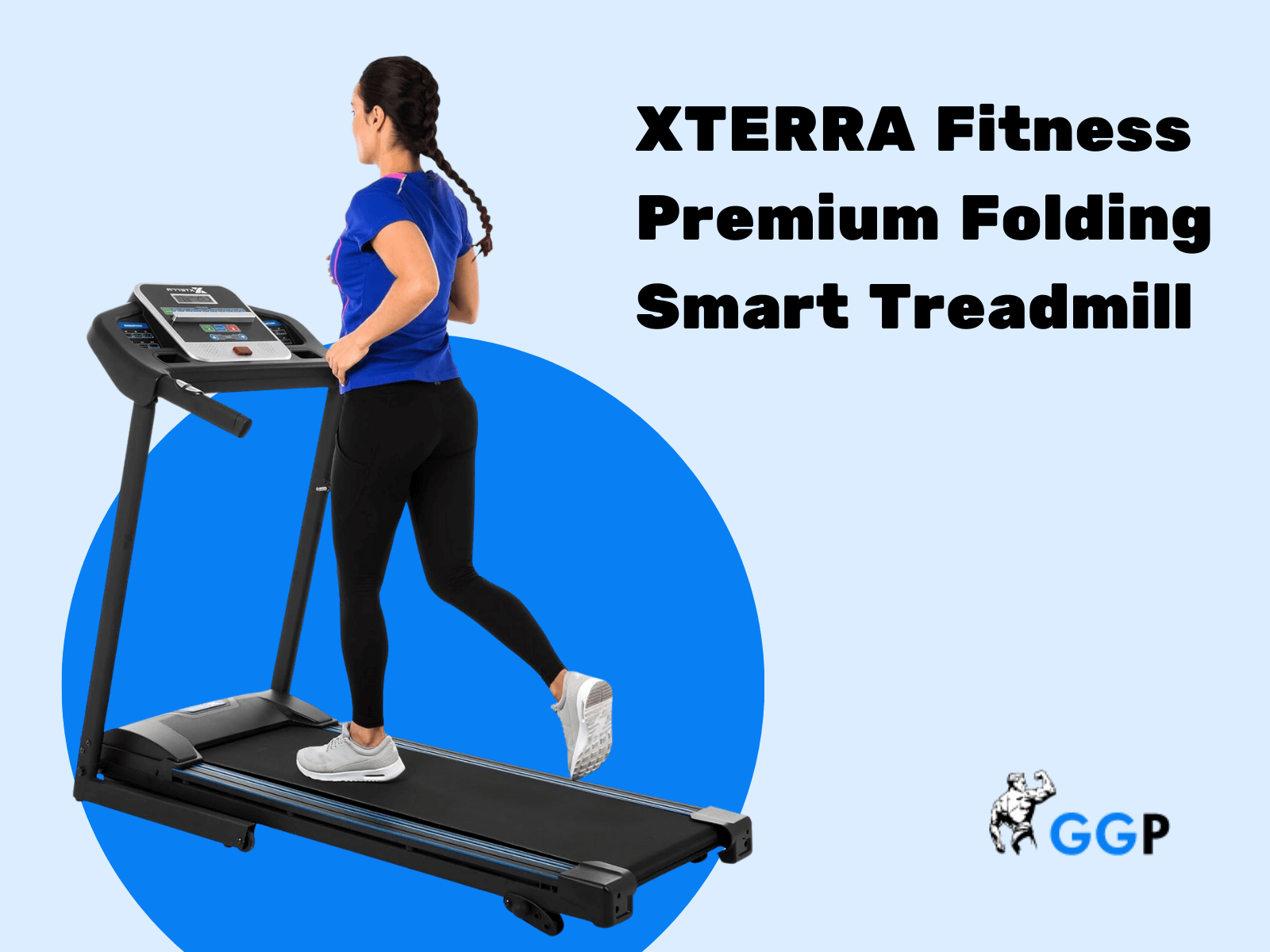
Benefits of Space-Efficient Gear:
Opting for space-efficient gear not only saves physical space but also promotes a more organized and visually appealing workout environment. It allows you to maximize the use of every square foot in your home gym without sacrificing the quality of your workouts.
Plus, portable equipment gives you the flexibility to adapt your workout space based on your needs, whether you’re exercising in a small apartment or a spacious basement.
Example:
Consider a scenario where you live in a studio apartment with limited floor space. By choosing space-saving equipment like resistance bands, a foldable exercise bike, and a compact yoga mat, you create a versatile home gym that fits seamlessly into your living space.
This thoughtful approach ensures that you can stay consistent with your workouts without feeling cramped or overwhelmed by bulky equipment.
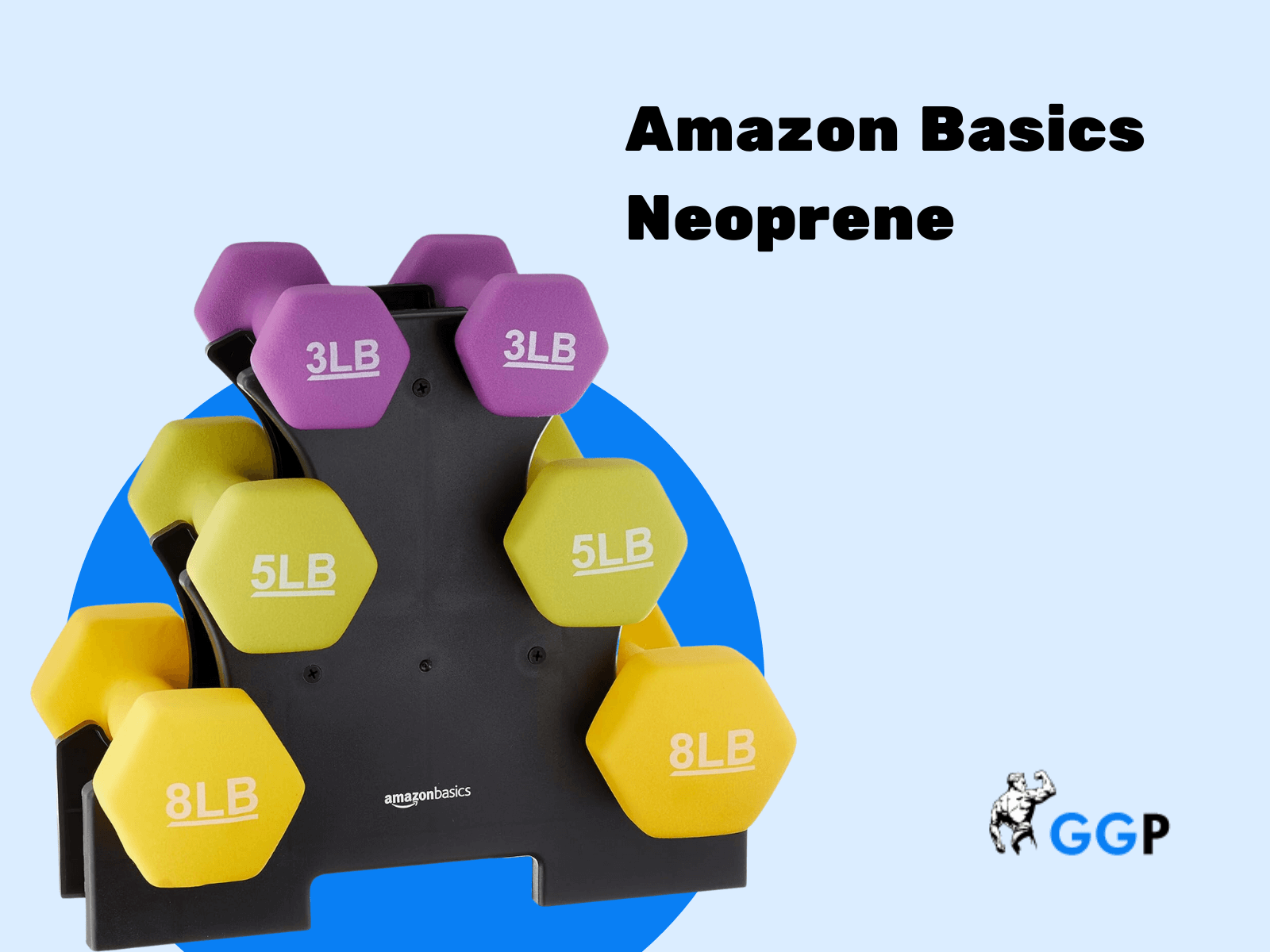
By incorporating these space-saving solutions into your home gym setup, you can design a functional and efficient workout space that inspires you to stay active and achieve your fitness goals.
Equipment Placement Strategies

Optimizing your home gym’s equipment placement involves strategic organization and space-saving solutions. Here’s a concise guide:
- Vertical Storage: Utilize wall-mounted racks and hooks for gym accessories.
- Zone-Based Layout: Create dedicated areas for cardio, strength training, and stretching.
- Accessibility: Keep frequently used items easily reachable for efficient workouts.
- Compact Choices: Choose multi-functional and foldable equipment to save space.
- Traffic Flow: Arrange equipment for smooth movement and safety during exercises.
- Utilize Wall/Ceiling Space: Install shelves or hooks for additional storage options.
- Safety First: Secure heavy equipment and maintain clear pathways for safety.
- Regular Maintenance: Organize and inspect equipment regularly for longevity.
Implementing these strategies maximizes your home gym’s functionality, creating a conducive environment for effective workouts.
Maximizing Space and Functionality
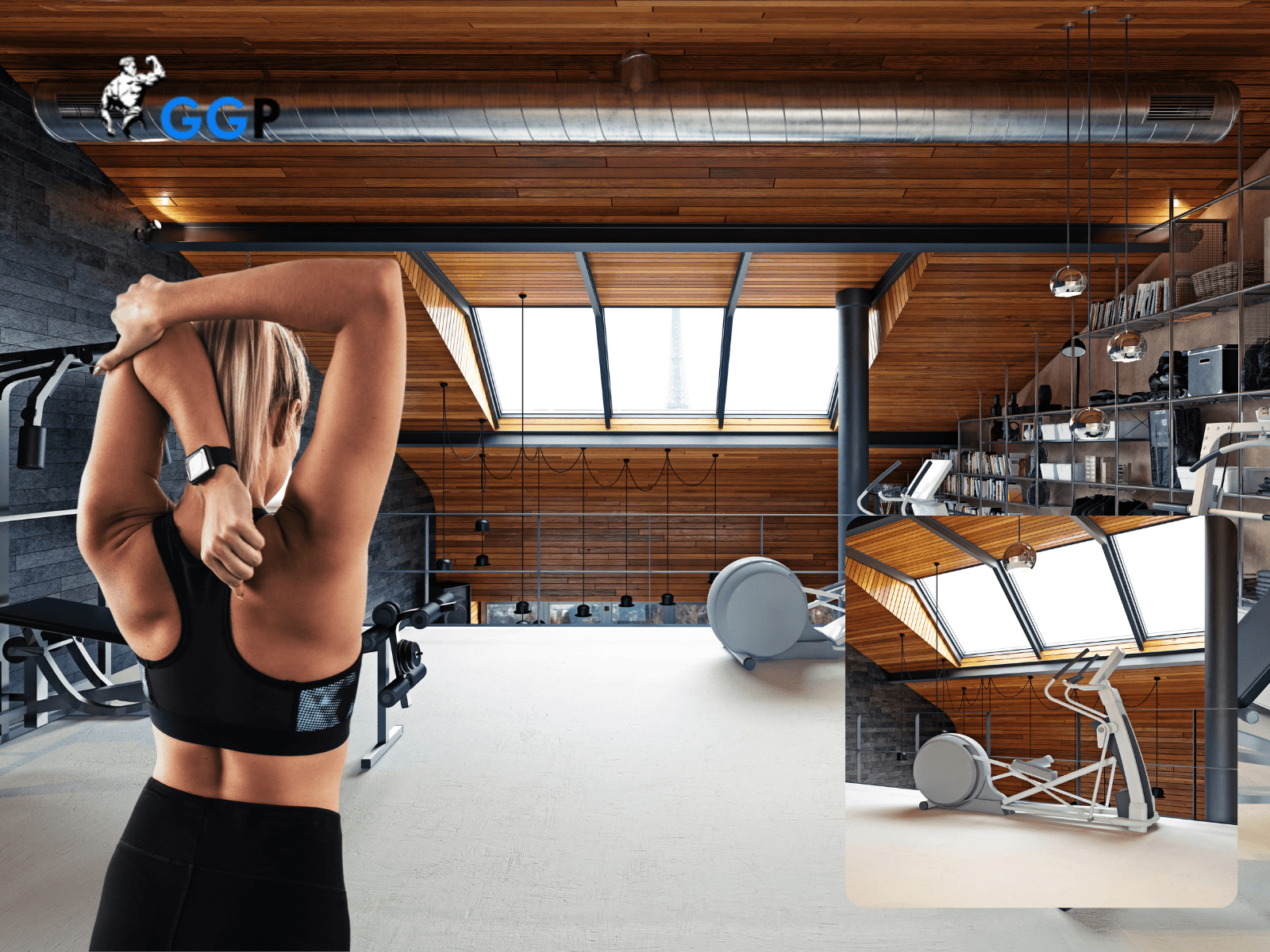
When it comes to maximizing space and functionality in your home gym, thoughtful planning and strategic choices play a crucial role. Let’s delve deeper into key aspects of creating an efficient and enjoyable workout environment.
- Clearing Workout Area:
Clearing out unnecessary clutter is the first step in maximizing space and functionality. Remove any items that are not essential for your workouts to create an open and inviting space. This not only enhances the visual appeal of your gym but also provides ample room for movement during exercises.
Example Scenario:
Imagine you have a spare room designated as your home gym. Start by decluttering the space and removing unused furniture or decorations. Keep the area dedicated solely to workout equipment and accessories to optimize functionality.
- Adequate Ventilation and Lighting:
Proper ventilation and lighting are essential for a comfortable workout experience. Ensure that your home gym has adequate airflow to prevent overheating and promote fresh air circulation. Additionally, optimize lighting to reduce glare and create a well-lit environment for safe and effective workouts.
Example Scenario:
If your home gym is located in a basement or a windowless room, consider installing a ventilation fan or air purifier to improve air quality. Use bright LED lights or natural lighting sources to illuminate the space evenly without causing eye strain.
- Incorporating Mirrors and Visual Enhancements:
Mirrors serve a dual purpose in a home gym—they can visually expand the space and allow you to check your form during exercises. Consider installing mirrors on one or more walls to create the illusion of a larger room and to monitor your workout posture and technique accurately.
Example Scenario:
Place mirrors strategically in your home gym to reflect natural light and make the space feel brighter and more spacious. Use large mirrors near workout zones where form and posture are crucial, such as a lifting area or a yoga/stretching corner.
- Personalization and Motivational Elements:
Adding personal touches and motivational elements can enhance your workout experience. Consider incorporating motivational quotes, posters, or artwork that inspires and energizes you during workouts. Create a positive and uplifting atmosphere that encourages consistency and dedication to your fitness goals.
Example Scenario:
Decorate your home gym with motivational posters or wall decals featuring phrases like “Stronger Every Day” or “You Got This!” Choose artwork or decor that resonates with your fitness journey and serves as a constant reminder of your commitment to health and wellness.
By focusing on these aspects of maximizing space and functionality, you can create a home gym that not only optimizes physical space but also promotes a positive and motivating workout environment.
Home Gym Essentials
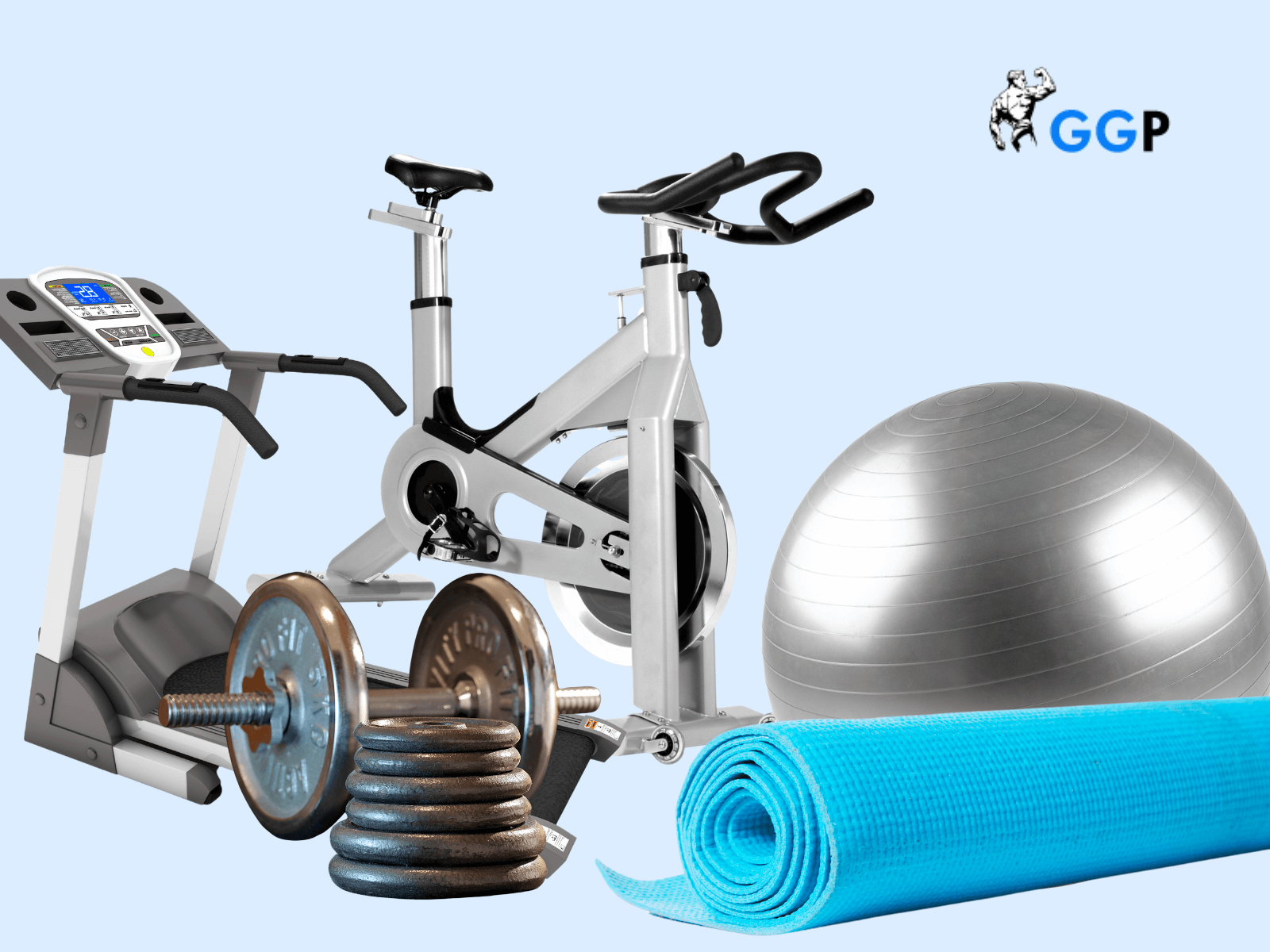
Equipping your home gym with the right essentials is key to achieving effective workouts and reaching your fitness goals. Let’s delve into essential equipment and accessories that every home gym should have.
Must-Have Equipment:
Having essential workout equipment ensures that you can perform a variety of exercises targeting different muscle groups. Cardio machines like treadmills, ellipticals, or stationary bikes are ideal for cardiovascular fitness and calorie burning.
Strength training equipment such as dumbbells, kettlebells, resistance bands, and a workout bench are crucial for building muscle strength and endurance.
Optional Accessories:
In addition to must-have equipment, consider incorporating optional accessories to enhance your workout experience. A sound system or Bluetooth speakers can provide motivating music to keep you energized during workouts.
A TV or tablet setup allows you to follow workout videos or virtual classes for guidance and variety. Fitness trackers or smartwatches can track your progress, heart rate, and calories burned for monitoring fitness goals.
Comfort and Safety Considerations:
Investing in comfortable and safe workout gear is essential for a positive exercise experience. Quality exercise mats provide cushioning and support for floor exercises, yoga, or stretching routines.
Proper footwear with good arch support and stability is crucial for injury prevention during cardio and weight-bearing exercises. Additionally, consider adding a water bottle holder or hydration station to stay hydrated during workouts.
By incorporating these home gym essentials and accessories, you can create a well-equipped workout space that caters to your fitness needs, promotes safety, and enhances overall workout enjoyment.
Maintenance and Safety Tips
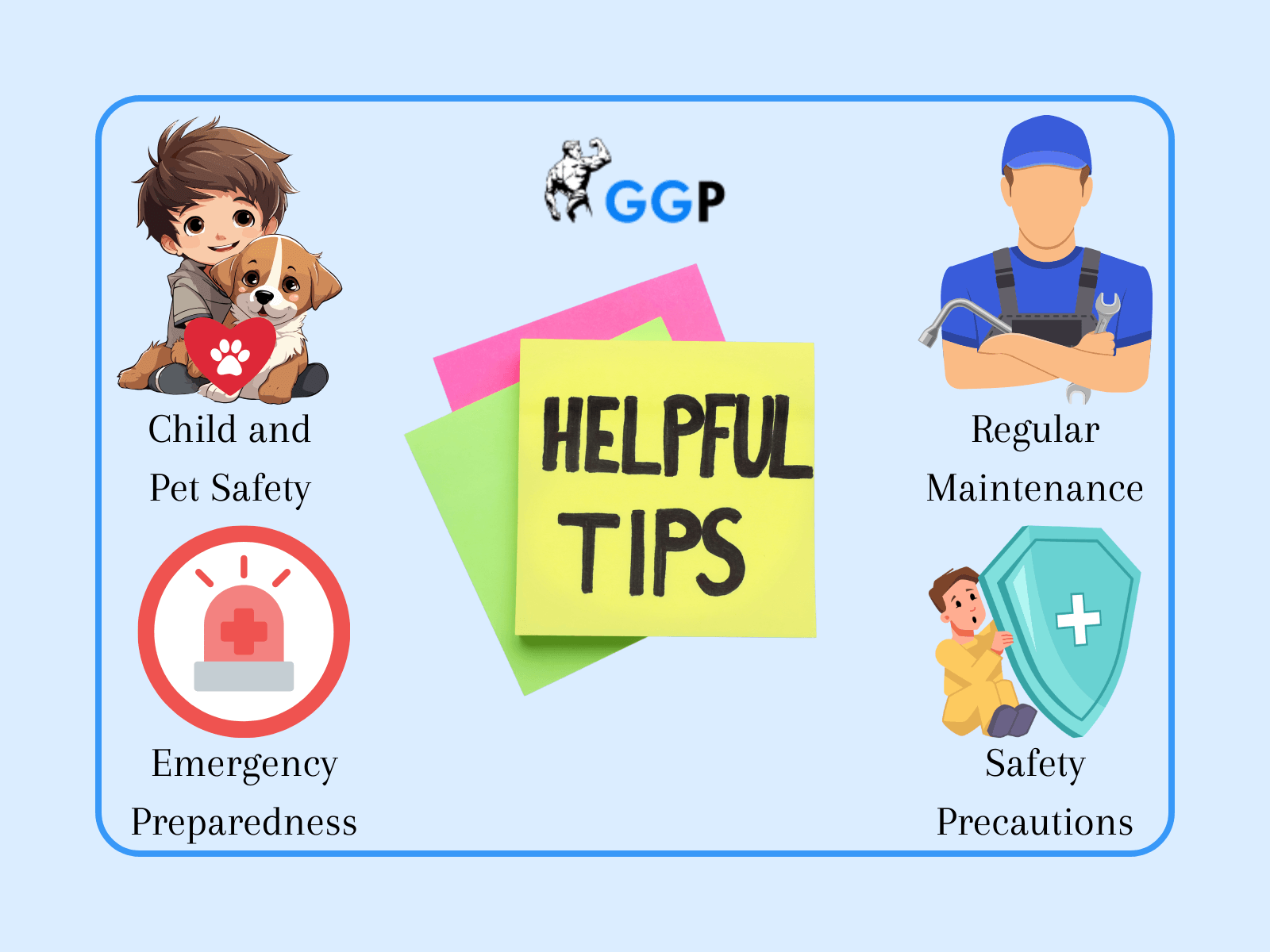
Ensuring the safety and longevity of your home gym equipment requires proactive maintenance and adherence to safety protocols. Let’s delve deeper into essential maintenance and safety practices to optimize your workout space.
Regular Equipment Maintenance:
Routine maintenance is key to keeping your workout equipment in top condition. For cardio machines like treadmills or ellipticals, clean the surfaces regularly to remove dust, sweat, and debris that can affect performance.
Lubricate moving parts according to manufacturer instructions to reduce friction and ensure smooth operation. Inspect cables, belts, and mechanisms for signs of wear or damage, and address any issues promptly to prevent accidents or equipment breakdowns.
Example Scenario:
Imagine you have a home gym with a stationary bike. Wipe down the bike’s frame, seat, and handlebars after each use to prevent corrosion and buildup of sweat.
Lubricate the pedals and resistance mechanism as recommended by the manufacturer to maintain optimal functionality. Check the bike’s display screen and sensors for accuracy and calibration to track your workouts effectively.
Safety Precautions During Workouts:
Prioritize safety during exercise sessions by following proper form and technique for each movement. Start with a warm-up to prepare your muscles and joints for activity, reducing the risk of strains or injuries.
Use appropriate footwear with good traction and support to prevent slips or falls. When using free weights or resistance bands, ensure they are secure and stable to avoid accidents.
Example Scenario:
Suppose you’re performing squats with a barbell in your home gym. Begin with a dynamic warm-up like leg swings or lunges to activate your lower body muscles. Maintain a neutral spine and engage your core as you squat, keeping your knees in line with your toes. Use collars to secure the weights on the barbell and have a spotter or safety bars in place for added security during heavy lifts.
Emergency Preparedness:
Be prepared for unexpected situations by having a first aid kit readily available in your home gym. Stock the kit with essentials such as bandages, antiseptic wipes, ice packs, and pain relievers.
Familiarize yourself with basic first aid techniques and CPR in case of emergencies. Keep emergency contact numbers and information accessible in case immediate medical assistance is needed.
Example Scenario:
During a workout session, if you experience a minor injury like a muscle strain or sprain, use the items in your first aid kit to address the issue promptly. Apply ice packs to reduce swelling and inflammation, and use pain relievers as directed. For more serious injuries or emergencies, know how to administer first aid and seek medical attention if necessary.
Child and Pet Safety:
If you have children or pets at home, take extra precautions to ensure their safety around workout equipment. Store small accessories like resistance bands, weights, or small parts in secure containers or cabinets out of reach. Create a designated play area away from exercise machines to minimize the risk of accidents or injuries.
Example Scenario:
Suppose you have a home gym and a curious pet. Store equipment cords and cables safely to prevent chewing hazards. Designate a pet-free zone within your gym space or use barriers to keep pets away from workout areas. Educate children about gym safety rules and the importance of respecting exercise equipment to prevent accidents.
By implementing these comprehensive maintenance and safety practices, you can create a secure and well-maintained home gym environment that promotes safe and effective workouts for you and your household.
Conclusion:
Now that you’ve learned about space-saving tips and equipment placement for your home gym, it’s time to put these strategies into action. Creating an efficient and functional workout space doesn’t have to be complicated or expensive. By implementing the tips outlined in this guide, you can make the most out of your available space and equipment.
Remember, safety should always be a priority. Ensure that your equipment is properly maintained, and follow proper workout techniques to prevent injuries. Regularly organizing and decluttering your gym area will also contribute to a more enjoyable and effective workout experience.
So, are you ready to transform your home gym into a place where you can work out comfortably and effectively? Start by applying the space-saving solutions and equipment placement strategies discussed here. With a well-organized and optimized workout space, you’ll be more motivated and inspired to stay consistent with your fitness routine.
Take the first step today and begin creating your ideal fitness area. Your future self will thank you for the effort and dedication you put into maximizing your home gym!


